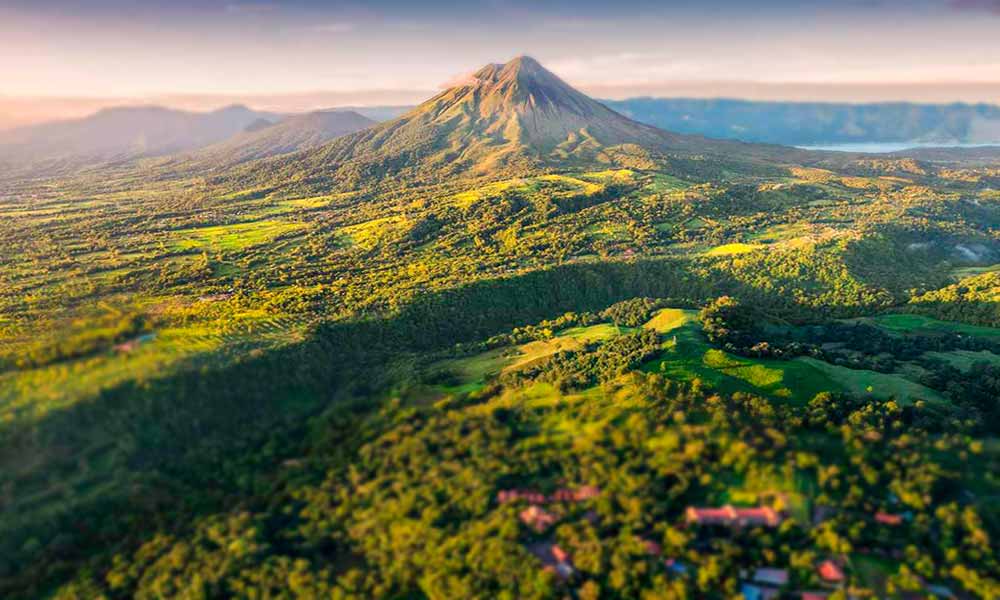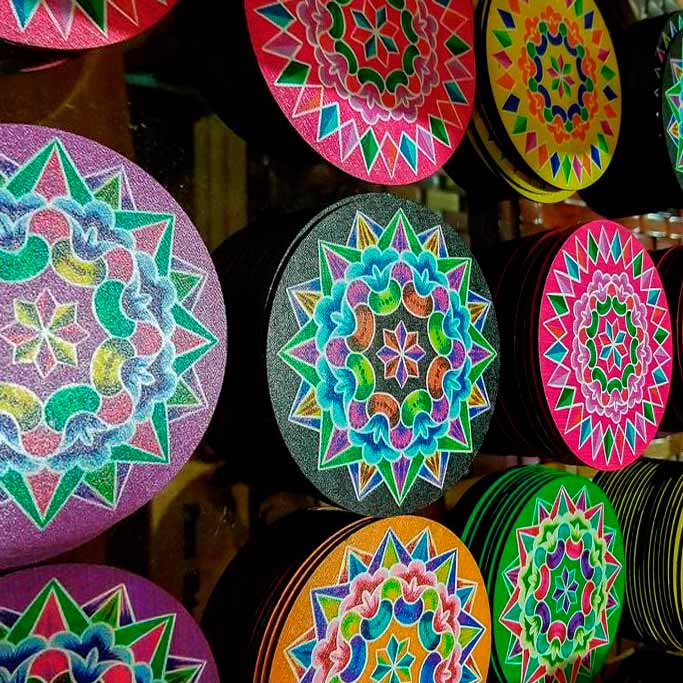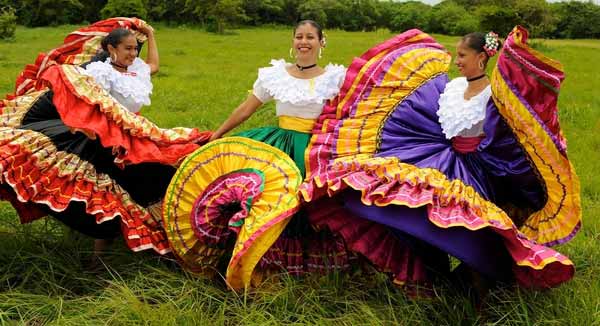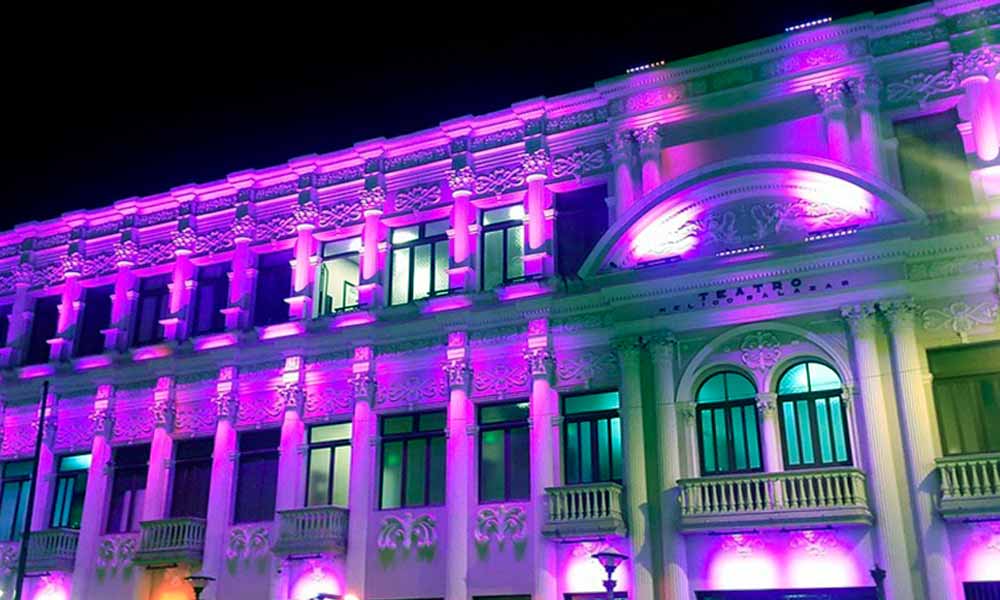Costa Rica is a small country. It is located in the heart of Central America. The country is home to a rich and vibrant culture that has been shaped by a diverse blend of influences.
Costa Rican traditions are a testament to the country’s history and its people’s deep connection to their land. As I embark on a cultural journey through this enchanting country, I am captivated by the warmth and hospitality of its people. They take immense pride in preserving their traditions.
Посмотреть более крупную карту
The diverse culinary traditions of Costa Rica
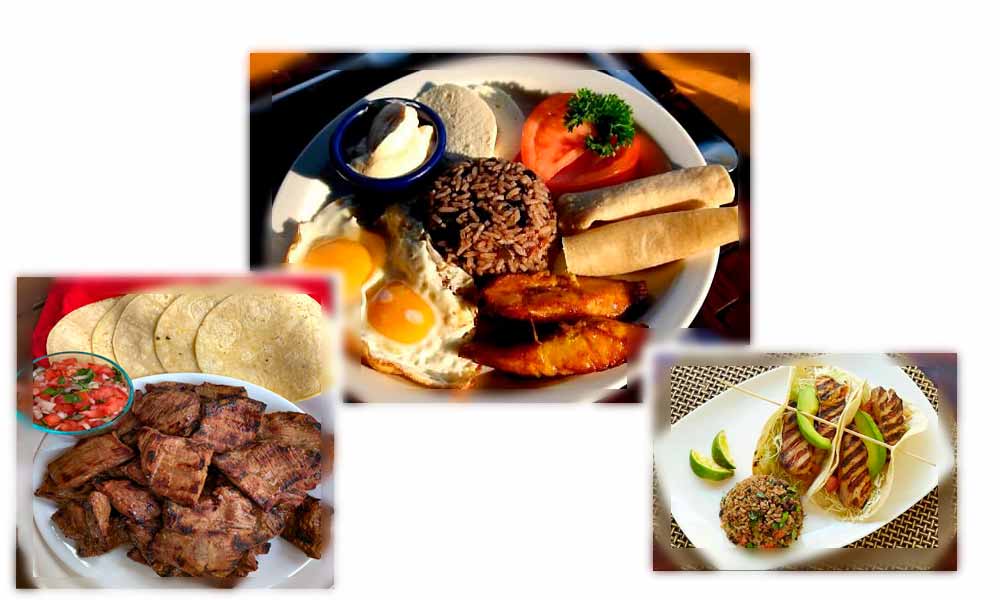
One cannot truly understand a culture without indulging in its cuisine. Costa Rican food is a delicious fusion of flavors, combining indigenous ingredients with Spanish, African, and Caribbean influences. Tropical fruits and vegetables, fresh seafood from the Caribbean coast, and hearty beef from the lush pastures of the country create a tapestry of tastes that delight the palate.
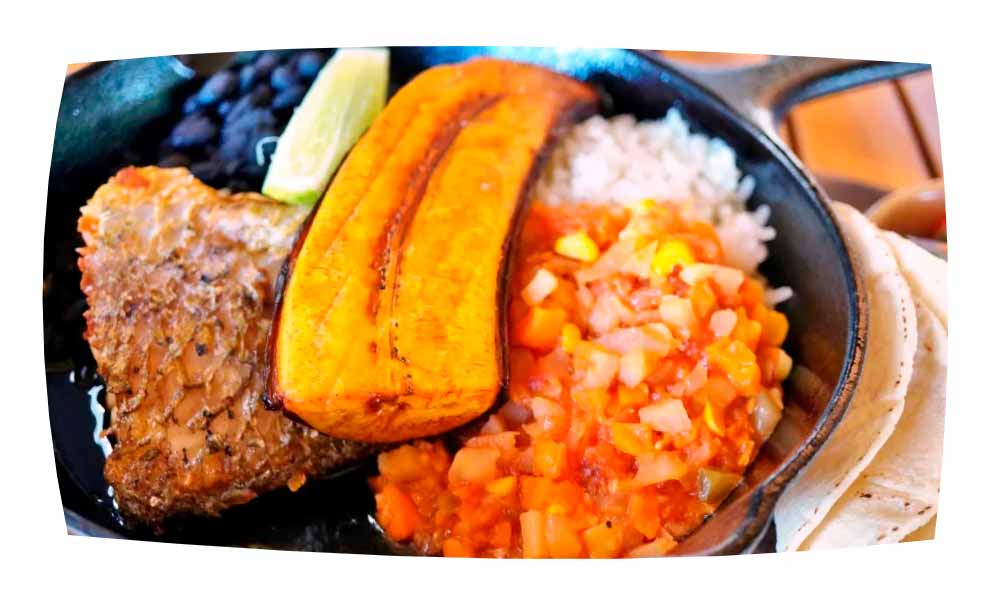
At the heart of Costa Rican cuisine is the casado plate. It is a traditional meal consisting of rice, beans, plantains, salad, and a choice of protein. It’s the classic arroz con pollo (rice with chicken) or the mouthwatering arroz con camarones (rice with shrimp). These dishes are a true reflection of Costa Rican culinary traditions. Talented chefs in the country are also experimenting with global flavors. They incorporate Italian, Thai, and other international cuisines into their menus while staying true to their roots.
Exploring the regional specialties of Costa Rica
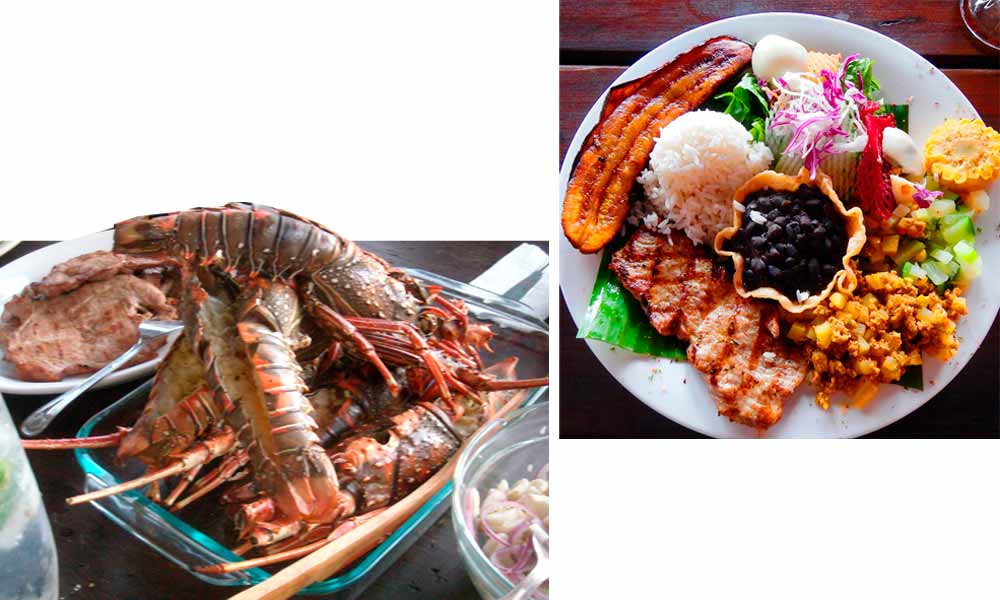
Costa Rica’s diverse geography gives rise to a wide array of regional specialties. It reflects the distinct flavors of each area. Along the Pacific Coast, fresh seafood takes center stage, with dishes like ceviche and grilled fish being popular choices. In the mountainous regions, hearty stews and soups made with locally grown vegetables and fragrant spices provide comfort and warmth. And on the Caribbean coast, the cuisine takes on a unique twist, with influences from Afro-Caribbean and Creole traditions. Here, you can indulge in dishes like rice and beans cooked in coconut milk, jerk chicken, and flavorful seafood curries.
To truly immerse yourself in the local food culture, visit the vibrant farmer’s markets scattered throughout the country. Here, you can sample an abundance of tropical fruits, try local delicacies, and engage with friendly vendors who are more than happy to share their culinary knowledge.
Traditional arts and crafts in Costa Rica
Costa Rica is a treasure trove of traditional arts and crafts, with each region showcasing its unique artistic heritage. From intricate pottery and ceramics to the world-renowned Boruca carved masks, the craftsmanship of Costa Rican artisans is awe-inspiring. The town of Sarchi is particularly famous for its vibrant and intricately painted ox carts, which are considered a national symbol of the country.
In addition to visual arts, Costa Rica also boasts a thriving furniture-making industry. Skilled artisans create exquisite pieces using sustainable materials and traditional techniques, resulting in furniture that is not only beautiful but also environmentally conscious.
The vibrant music and dance traditions of Costa Rica
Music and dance are deeply ingrained in the fabric of Costa Rican culture. From lively salsa beats to the soulful rhythms of calypso and reggae, the country’s music scene is a reflection of its diverse heritage. Traditional folk dances like the rumba and the tambito showcase the graceful movements and vibrant costumes of the dancers, transporting spectators to a bygone era.
To experience the infectious energy of Costa Rican music and dance, attending a local fiesta or festival is a must. These lively celebrations bring communities together, with people of all ages joining in the revelry. Whether it’s the annual Tope horse parade or the vibrant Carnaval, these events are a true testament to the country’s love for music, dance, and celebration.
Celebrating fiestas and festivals in Costa Rica
Costa Rica is a country that knows how to throw a party. Throughout the year, there are numerous fiestas and festivals that showcase the country’s cultural traditions. From religious processions to agricultural fairs, these events offer a glimpse into the heart and soul of Costa Rican communities.
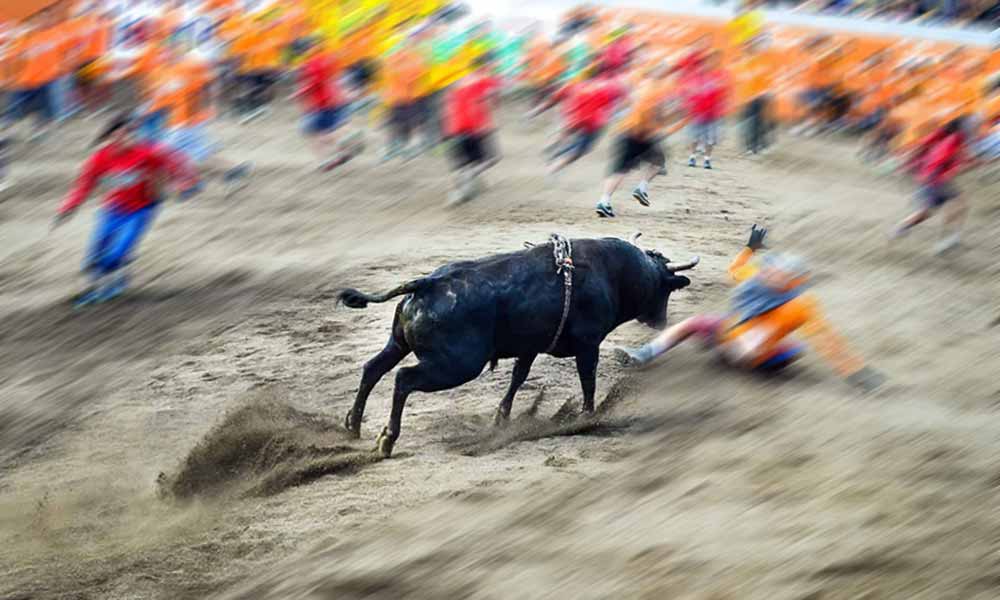
One of the most famous festivals in Costa Rica is the Fiestas de Zapote, held in December and January. This week-long celebration features bullfights, rodeos, live music, and a carnival atmosphere. Another highlight is the Palmares Festival, which takes place in January and attracts thousands of visitors with its lively street parades, concerts, and traditional Costa Rican food.
Exploring the cultural landmarks of Costa Rica
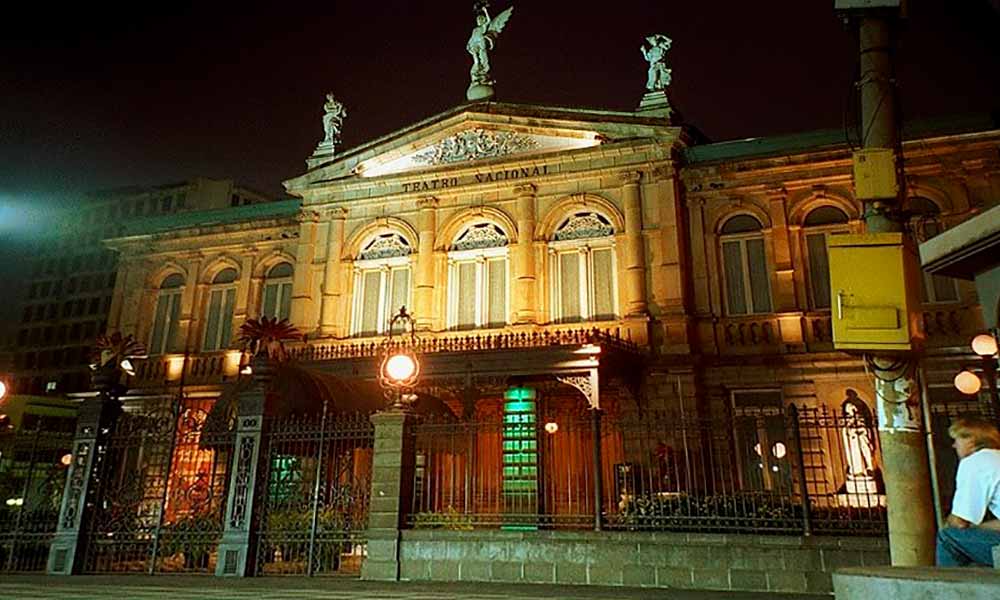
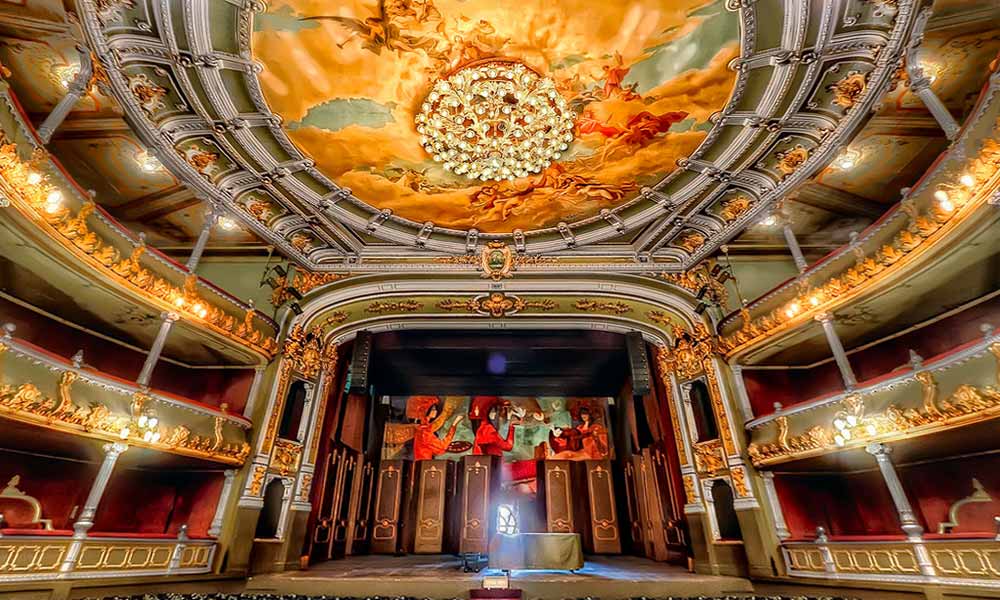
In addition to its natural beauty, Costa Rica is home to a wealth of cultural landmarks that tell the story of the country’s past. The National Theater in San Jose, with its neoclassical architecture and opulent interiors, is a testament to the country’s commitment to the arts. Attending a ballet performance, opera, or concert at this iconic venue is a truly unforgettable experience.
For history enthusiasts, a visit to the ancient ruins of Guayabo National Monument offers a fascinating glimpse into the pre-Columbian era. This archaeological site, surrounded by lush rainforest, features stone structures, petroglyphs, and an intricate water management system.
Enjoying the performing arts in Costa Rica
Costa Rica has a thriving performing arts scene, with talented artists and performers showcasing their skills in theaters and cultural centers across the country. From classical ballet to contemporary dance, there is something for every art lover to enjoy.
In addition to the National Theater, there are numerous smaller venues that offer a more intimate setting for performances. The Melico Salazar Theater, for example, hosts a variety of shows, including plays, concerts, and dance performances. Attending a live performance allows you to not only appreciate the talent of Costa Rican artists but also connect with the local arts community.
Participating in traditional Costa Rican activities and sports

To truly embrace the rich traditions of Costa Rica, it is important to engage in the activities and sports that are an integral part of the country’s culture. Whether it’s trying your hand at ox cart painting, learning to make traditional pottery, or participating in a local soccer match, these experiences offer a unique insight into the daily lives of Costa Ricans.
For adventure seekers, Costa Rica offers a plethora of outdoor activities that allow you to immerse yourself in nature while experiencing traditional pastimes. From zip-lining through lush rainforests to white-water rafting down rushing rivers, the possibilities are endless.
Conclusion: Embracing the rich traditions of Costa Rica
As my cultural journey through Costa Rica comes to an end, I am left with a profound appreciation for the country’s rich traditions. From its diverse culinary delights to its vibrant music and dance traditions, Costa Rica is a cultural melting pot that captivates the senses and leaves a lasting impression. By embracing these traditions, we not only gain a deeper understanding of the country but also foster a sense of connection and appreciation for the beauty and diversity of our world.
So, why not embark on your own cultural journey and discover the wonders of Costa Rica? Whether it’s indulging in delicious cuisine, exploring stunning landmarks, or immersing yourself in traditional activities, this enchanting country offers a truly unforgettable experience. Come and embrace the rich traditions of Costa Rica – your cultural adventure awaits.


